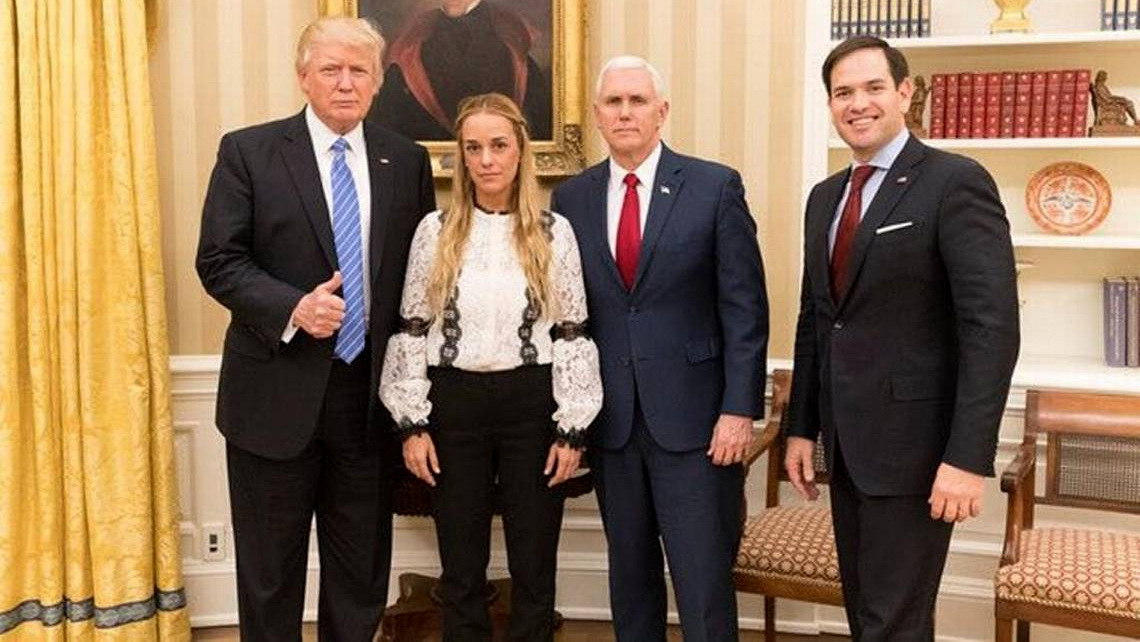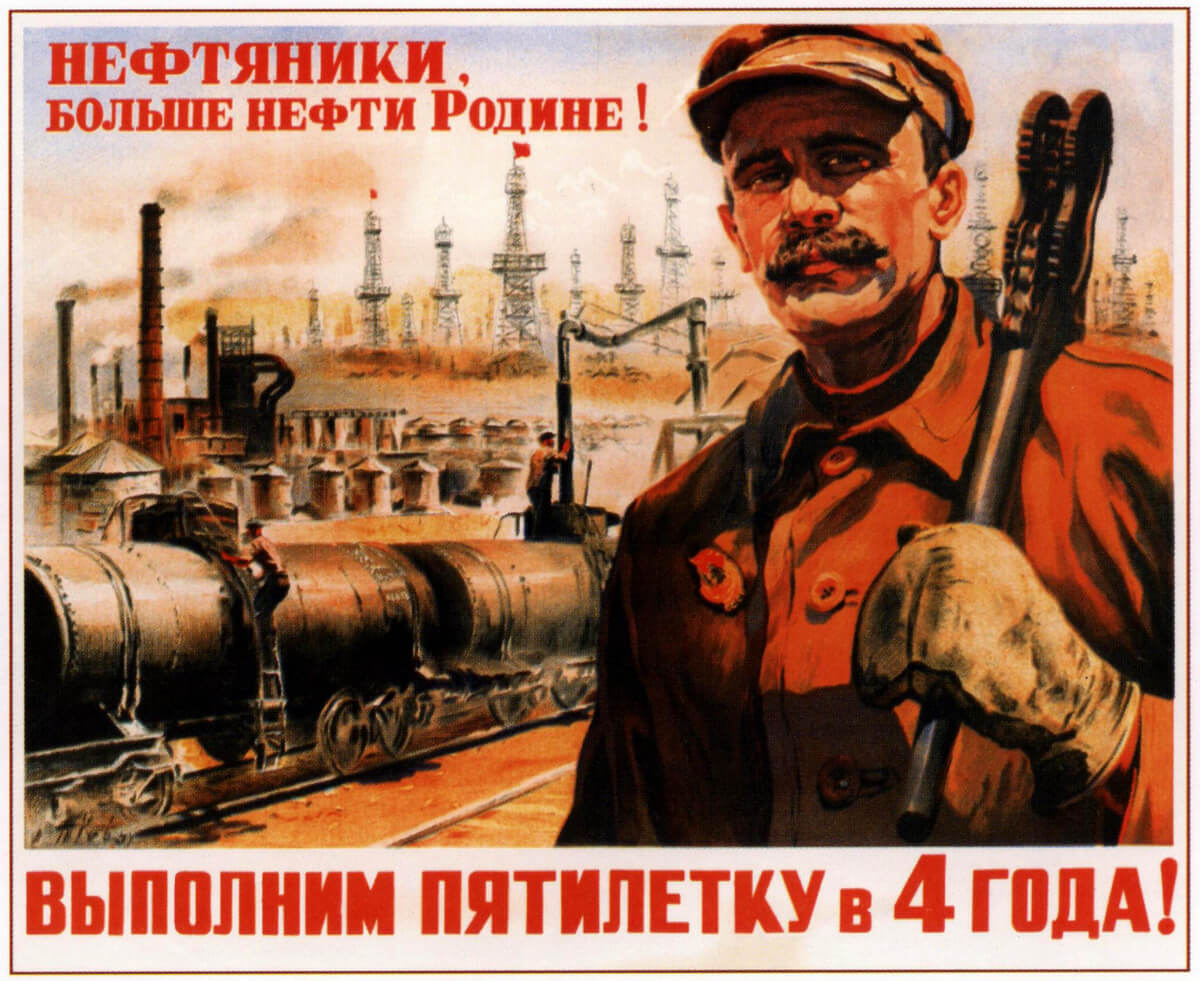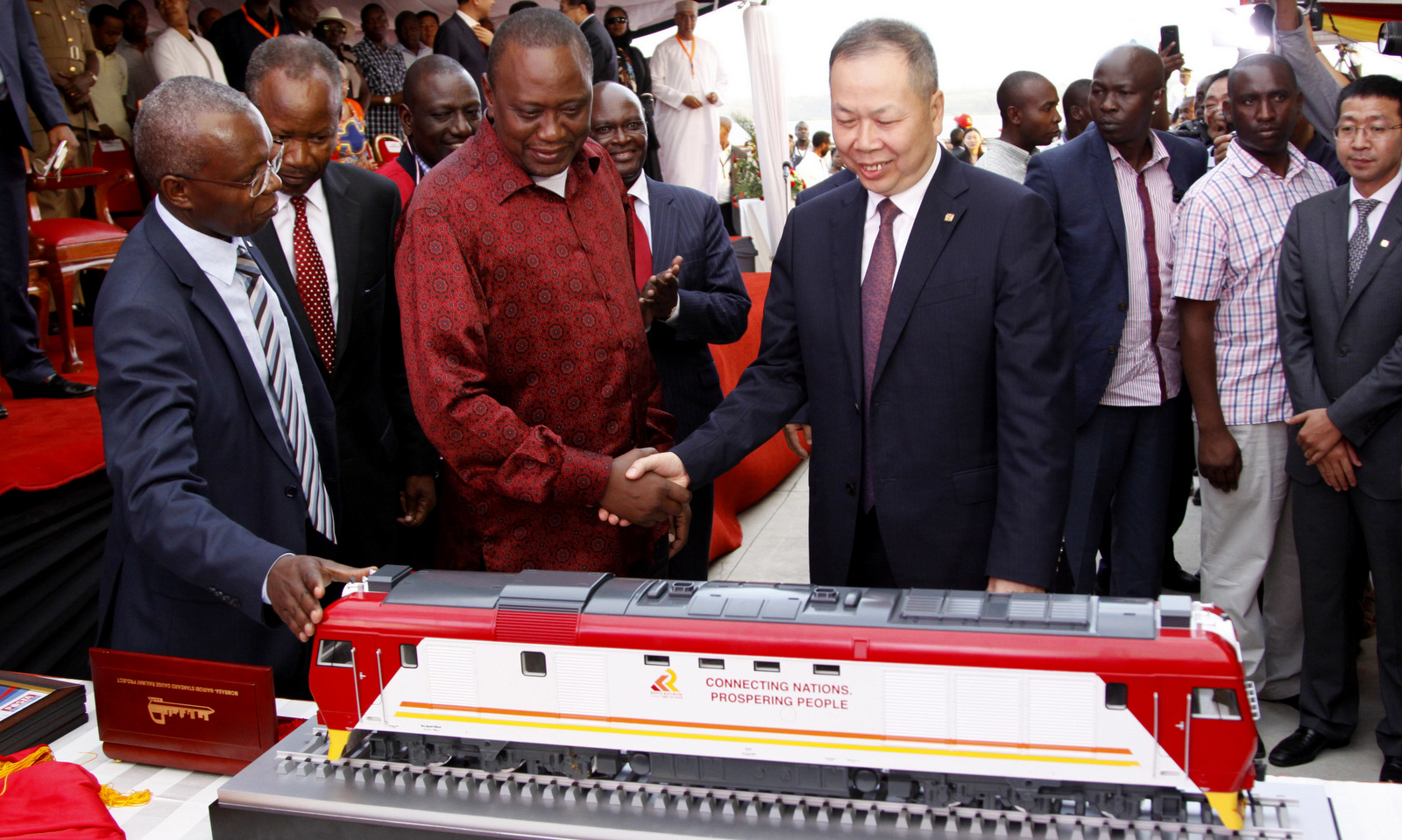Prior to 2011, Syria was a prosperous Middle Eastern country. The Baathist government had taken tremendous steps to improve the lives of Syria’s people. Between 1970 and 2009, the life expectancy for Syrians increased by 17 years, and the infant mortality rate was reduced exponentially. According to the US Library of Congress, in 1981 forty-two percent of the Syrian adult population was illiterate, but just ten years later, in 1991, illiteracy had been wiped out by a mass educational campaign.
Syria built the Tabqa Dam on the Euphrates River with the assistance of 900 technicians and a loan of 100 million from the Soviet Union. In 2007, China had already begun investing “hundreds of millions of dollars” into Syria for the purpose of modernizing its “oil and gas infrastructure.”
But look at Syria today. Millions have fled as refugees. Over half a million have died. Terrorist groups control huge swaths of territory. Much of the overall infrastructure of the country, including water treatment facilities, power plants, and schools have been destroyed.
Can anyone rationally argue that attempts by western countries to remove the Baathist government led by Bashar Assad have benefitted the population?
Wrecking Countries in the Name of “Democracy”
Nicaragua is a similar story. The government of the Sandinistas, under the slogan of “Christianity, Socialism and Solidarity” has made tremendous efforts to improve the lives of the people. Between 2005-2014, poverty in Nicaragua was reduced by 30%. The GDP increased by 36% between 2007-2016. While its neighbors in Central America ,Guatemala and Honduras, are notorious wrecks of poverty, crime, and underdevelopment, Nicaragua has been a powerhouse of growth. The World Happiness Index even noted how optimism about life increased more among Nicaraguans than in any other country in 2016.
But, much like Syria, this has been swept away in an orgy of violence, cheered on by western media as “revolution.” The Economist writes “The economy had been one of the strongest in Central America with annual growth of 5%” but in the aftermath of the anti-government rioting “some $1bn in capital, the equivalent of 8% of GDP, has left the country, weakening the banks,” and tourism “has plummetted.”
In Venezuela, the Bolivarian government led by Hugo Chavez made tremendous gains for the population. Poverty was reduced. Illiteracy was wiped out. Healthcare was provided for the population. Even the Wall Street Journal admitted that: “In 2013, the party was still on. Oil was fetching $100 a barrel and Mr. Maduro’s populist government was showering petrodollars on everyone. The Caracas skyline was dotted with grandiose construction projects, steakhouses were buying vintage scotch by the container load and hotels had to be reserved weeks in advance.”
However, Venezuela now faces internal turmoil, with economic sabotage by food importers and most recently with an attempt on the life of President Maduro carried out via drones. Like in Syria and Nicaragua, the forces burning food warehouses and shooting police officers are cheered for by the western media, and in many cases, directly connected to the US State Department or US-based NGOs.

Donald Trump, Mike Pence and Marco Rubio meet with Lillian Tintori, wife of US-backed Venezuelan opposition leader Leopoldo Lopez. Photo | White House
The same leaders that give speeches in the United Nations headquarters about the need for “sustainable development” and the eradication of poverty have at the same time been reducing nations to poverty, whether by direct military attack or by western supported “revolutions.”
No matter how brutal Saddam Hussein was, no one can argue that Iraq benefited from the 2003 invasion. Libya had the highest life expectancy on the African continent before 2011 war, in which NATO missiles backed up “rebels” armed by the west. Conditions in Libya have become so bad that people routinely flee the country on rafts. Afghanistan has been a nest of drug cartels, terrorists and overall instability since the 2002 invasion, with conditions far worse than prior to the overthrow of the Taliban.
The instability in the Middle East, the drug cartels and poverty in Latin America, have negative results that affect the entire world. Mass migration to the United States and Europe from those escaping this chaos is the source of great controversy and cultural division. Crime and terrorism have increased, not just in the developing world, but in the western countries.
The justification for these destructive “regime change” campaigns is “democracy” and “human rights.” However, it’s no secret that plenty of human rights violating, oppressive regimes are on very good terms with Wall Street and London. The most visible of them is Saudi Arabia, a country that beheads and tortures its own people while bombing its Yemen and killing civilians.
The Rise of Russia and China
Why are forces based in western countries so determined to foment unrest? What is the motivation? In order to understand this, it is necessary to review the history of the 20th Century.
At the time of the Bolshevik Revolution of 1917, Russia was an agrarian country with very little industry. Most of the population was illiterate, and very little of the country had access to running water or electricity. Following the revolution, there was a civil war in which millions died as the Bolsheviks fought for control of the country against foreign invaders and domestic opposition. At the same time, the Bolshevik government itself faced internal division and turmoil, with the Left Menshevik Party and the Left Socialist Revolutionary Party being outlawed, and a ban on factions within the party being instituted to ensure ideological unity.
In 1928, after the Bukharinist “right opposition” and the Trotskyist “left opposition” had been defeated, Stalin launched the program of building “Socialism in One Country.” He laid out a Five Year Plan to develop the economy of the Soviet Union. Illiteracy was wiped out. Electricity and running water was brought to the entire country. The Soviet Union began producing more steel than any other country in the world. The world’s largest hydro-electrical power plant, the Dneiper Dam, was constructed in the Soviet Republic of Ukraine.

Translation | Oil Workers! More Oil for the Motherland! Let’s Fulfill the 5-Year Plan in 4 Years!
The vast construction projects shocked the world. The Five Year Plan had been laughed at, but once it was completed in four years, the world was blown away by the economic achievements. Maurice Dobb, an economics lecturer at the University of Cambridge described the specific details of Soviet economic achievements in his book “Soviet Economic Development Since 1917” published in 1948.
In 1938, the amount of electrical power in the Soviet Union was seven times what it had been just ten years prior. Coal production was 3.5 times larger than prior to the five-year plan. The number of hospital beds in rural areas was doubled. 20 new tramway systems and 80 new bus systems were built providing transportation access to those dwelling in Soviet cities. The world had never seen results of this kind. A deeply impoverished country became a world industrial superpower, at the same time the rest of the planet was having a great depression.The rise of China during the 20th Century had even more drastic and dramatic results. In 1949, China was far poorer than Russia had been in 1917. China was known as the “Sick Man of Asia” with very little industrial production with feudalist structures and primitive farming across the countryside.
The Chinese government received aid from the Soviet Union from 1949 to 1961. With Soviet assistance, the first steel mills and electrical power plants were constructed. After Soviet aid was withdrawn, China attempted to continue to develop without foreign aid, having a number of achievements amid some dramatic setbacks. In 1978, Deng Xiaoping launched the “Reform and Opening Up” and began constructing model cities and “Free Economic Zones.”
Today, China produces more than half of the steel in the world, in its massive, government-controlled steel industry. China also produces the majority of the world’s copper and aluminum. China also has the world’s largest telecommunication manufacturer, Huawei. 700 million people have been lifted out of poverty, with the goal of total eradication of poverty set to be reached in 2020.
The Monopolist World Strategy
Prior to the rise of Russia and China in the 20th Century, the western capitalist countries had a monopoly. Stopping the development of countries in the colonial world was a standard practice. The British empire famously burned the textile mills and looms of India, forcing the country to import cloth from England and Scotland.
The rise of Russia and China has introduced competition to the global market. Wall Street and London no longer have a monopoly. The British and American establishment is openly infuriated about the construction of the Nordstream 2 pipeline because it would prefer that countries in Europe purchase natural gas from US corporations, rather than from Russia’s state-controlled energy sector.
The United States and China are currently engaged in a trade war. Wall Street and London would prefer that the world buy its steel, computer chips, and other products from western corporations, rather than from the vibrant, growing state-controlled economy of China.
What Russia and China did themselves during the 20th century, they are now helping other countries to do around the world. The Belt and Road initiative led by China and the Eurasian Economic Union led by Russia are helping developing countries to build themselves up economically.
At the International Conference for the Development of Parliamentism, representatives of Guinea described how Russia’s state mining corporations have worked with this developing African country toward the goal of manufacturing its own aluminum. Russia is also working with Syria to develop its natural gas market. China’s Belt and Road program involves building railway systems in Central Asia, giving ocean access to remote regions, allowing production and export to begin.

Kenyan President Uhuru Kenyatta 2nd left, and Chen Fenjian president of CCC shake hands next to a model of a locomotive in Mombasa, Kenya, May 30, 2017. The president opened the country’s largest infrastructure project since independence, a Chinese-backed railway costing nearly $3.3 billion that eventually will link a large part of East Africa to a major port on the Indian Ocean. Khalil Senosi | AP
Alse Toje of the Norwegian Nobel Institute has described the situation saying “especially on the Eurasian continent, this is a golden era, and in the Eurasian continent we’re seeing a lot of power accumulating, we’re seeing roads, cities, train networks snaking through the post-Soviet wilderness, and creating a fabulous amount of wealth and dynamism.”
All this means that developing countries will not be dependent on the western capitalist world and its corporations. Countries are making their own products and seizing control of their own economies. State central planning is vital in making sure that western monopolies don’t wreck domestic enterprises.
Chaos and regime change is Wall Street’s hope for maintaining global monopoly. In order to keep themselves rich, they must try and keep the rest of the world poor.
However, Russia and China speak a different language, hailing a different ideology. In their economic policies and diplomatic language they speak of “win-win cooperation” and shared prosperity. They speak of a world connected by trade, where countries have a material interest, not in tearing each other down, but in seeing each other prosper.
Two different models of development are clashing on the global stage, one in which production is controlled by the state and rationally planned, and the other in which markets and profits are given “laissez faire” treatment, allowing an atmosphere of cutthroat competition aiming toward monopolistic hegemony.
This is the battle playing out on the global stage, as humanity looks on, nervously hoping peace can be maintained and international confrontations do not escalate.
Top Photo | In this Wednesday, Jan. 14, 2004 file photo, a man is questioned in the living room of his home during a raid by the 82nd Airborne Division near Fallujah, Iraq. Photo | AP
Caleb Maupin is a widely acclaimed speaker, writer, journalist, and political analyst. He has traveled extensively in the Middle East and in Latin America. He was involved with the Occupy Wall Street movement from its early planning stages and has been involved in many struggles for social justice. He is an outspoken advocate of international friendship and cooperation, as well as 21st Century Socialism. Maupin appears on a wide range of media, including CNN, RT, MintPress News, and New Eastern Outlook. You can read more of his work at his blog: https://calebmaupin.com.
Source | NEO
The post The Monopolistic Agenda Behind Regime Change Chaos appeared first on MintPress News.
